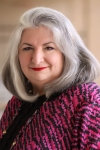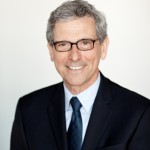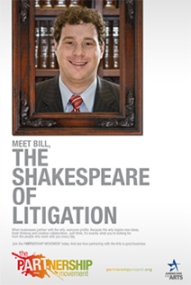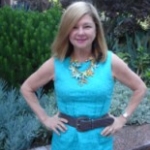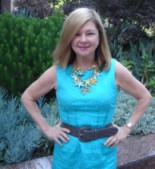
Meri Jenkins
Launched in 2011, the Massachusetts Cultural Districts Initiative addresses community revitalization, business development, new income generation, job growth, cultural tourism, the development of space for artists, and the preservation and rehabilitation of the state’s historic landmarks and cultural treasures. Seventeen diverse communities have achieved cultural district designation so far, and we have forty more in the pipeline.
In designing the initiative, we wanted to give cities and towns new tools and resources to strengthen local economies by focusing on their culturally rich downtowns and neighborhoods. We deliberately positioned local government at the center of our approach, and so it is the municipality that is the applicant. Local government has the authority to remove barriers that help foster and promote a cultural economic development agenda by changing or amending regulations, using their convening power to engage stakeholders, and providing capacity and focus.
Before submitting an application for designation, municipalities must pass a public resolution in support of the district and hold public hearings. To date, the majority of the seventeen municipalities that have won designation have passed a unanimous vote, a fascinating result in a state where local debate on myriad issues is often contentious. Even in our most cash strapped districts, some municipalities have also committed funds in support of this agenda.
And the legislation in support of cultural districts is designed to boost their efforts. Perhaps the most far reaching element of the bill is the following language: Executive branch agencies, constitutional offices and quasi-governmental agencies shall identify programs and services that support and enhance the development of cultural districts and ensure that those programs and services are accessible to such districts.
This means that other state agencies are available to discuss cultural district plans and whether their initiatives are appropriate for a district's plan of action. Some additional programs and services include: strategic community planning, marketing and promotion, historic property stewardship, way finding signage, open space programming, and economic development.
Read More














